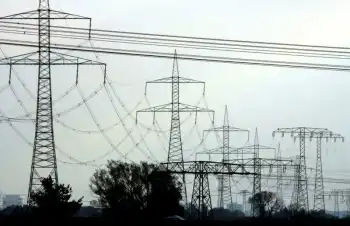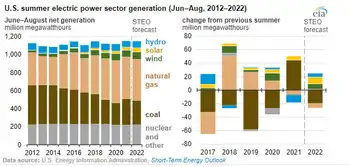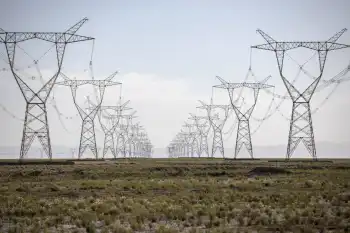U.S. would pay most in green energy proposal
By Reuters
Substation Relay Protection Training
Our customized live online or in‑person group training can be delivered to your staff at your location.

- Live Online
- 12 hours Instructor-led
- Group Training Available
The report, by Greenpeace and the European Renewable Energy Council EREC, representing Europe's main renewable energy companies, is one of the most detailed to work out the nuts and bolts of a near-total shift to green energy such as wind or solar power. Such proposals often stop at wishful thinking.
The report said that global investments in energy would need to total $18 trillion by 2030 — almost five times the entire U.S. federal budget for next year — to set the world on a path to generating about 95 percent of electricity from non-polluting renewables by mid-century.
However, the International Energy Agency has estimated that investments of $11.3 trillion will be needed anyway by 2030, in all forms of energy, to cover the world's growing needs. The IEA's central scenario assumes fossil fuels will remain dominant.
Renewables now make up about 18 percent of electricity generation and governments want to raise the share.
This is partly to combat global warming caused by greenhouse gas emissions from fossil fuels, and partly to diversify and guarantee energy supplies as fossil resources decline, and to combat other forms of pollution.
Sven Teske, lead author of the 260-page report at Greenpeace, said there would be long-term economic benefits from a phase-out of subsidies for fossil fuels and from the fact that inputs to renewable electricity — such as wind or geothermal energy — are free. The plan would also phase out nuclear power.
"The costs at the beginning are because renewables are more labor-intensive," he said.
To pay the bill, the report suggests looking at historical responsibility for greenhouse gas emissions and at ability to pay. That meant the United States would pay 36.3 percent of the annual bill in 2010, falling to 28.9 percent in 2030.
China, which recently overtook the United States as top greenhouse gas emitter, would pay only 4.3 percent of the bill in 2010, rising to 13.6 percent by 2030, since it is poorer and has a shorter history of industrialization.
The report said the shift would mean there were about 12 million jobs, including 8.5 million in the renewables sector, by 2030.
"Under business as usual, global renewable power jobs would be only 2.4 million of the global power sector's 8.7 million jobs," it said.
Negotiators from about 185 nations are meeting in Bonn from to discuss a new UN climate deal after a summit in Copenhagen in December fell short of agreeing a binding treaty on reducing greenhouse gas emissions.











